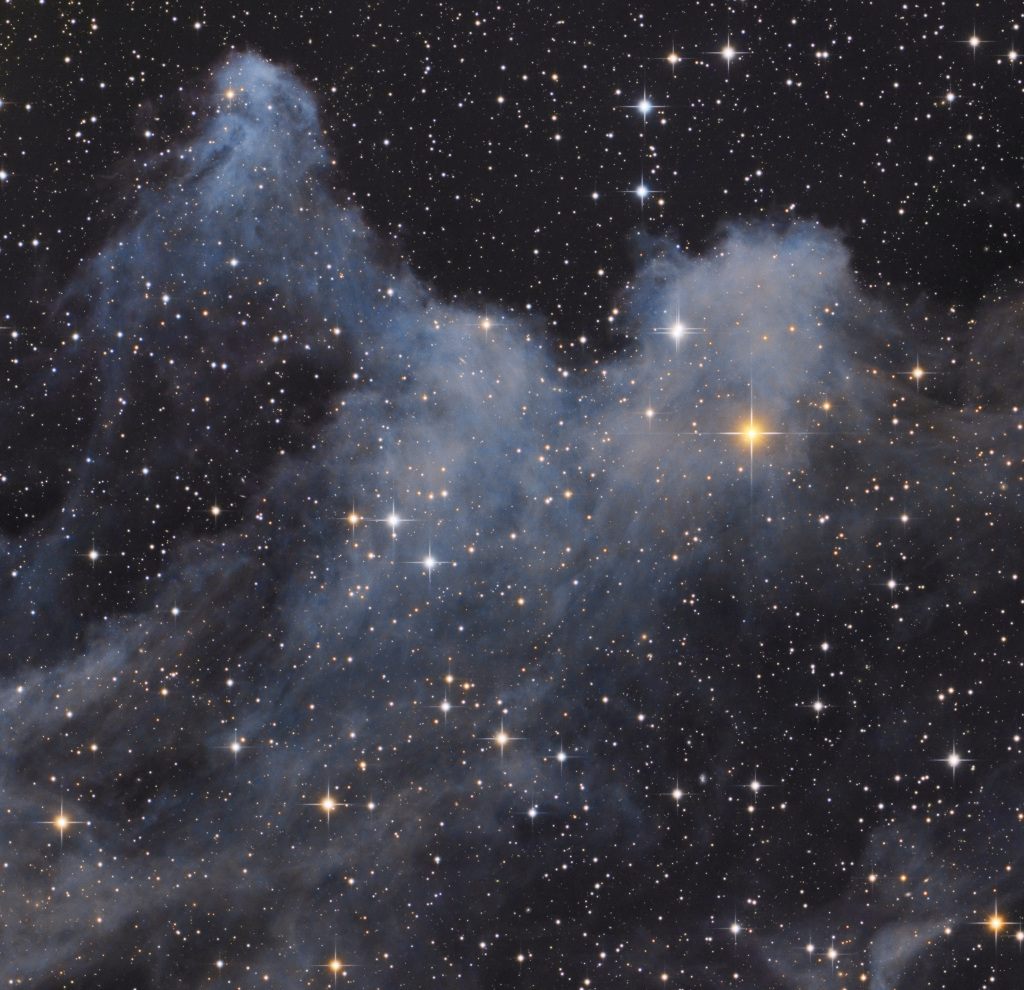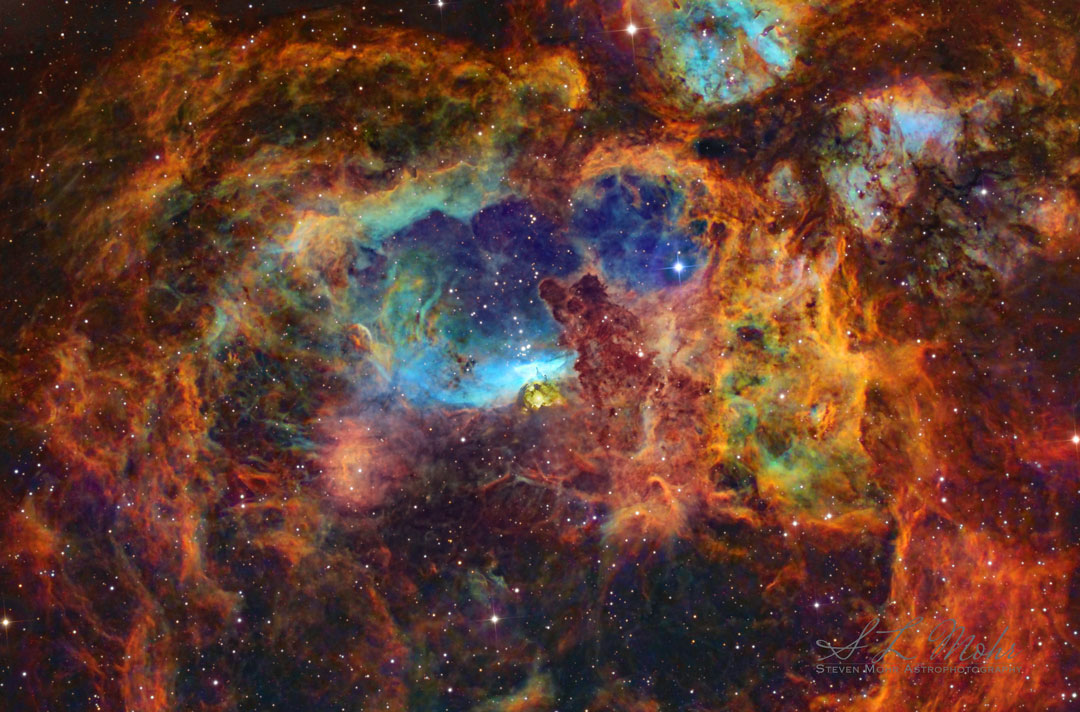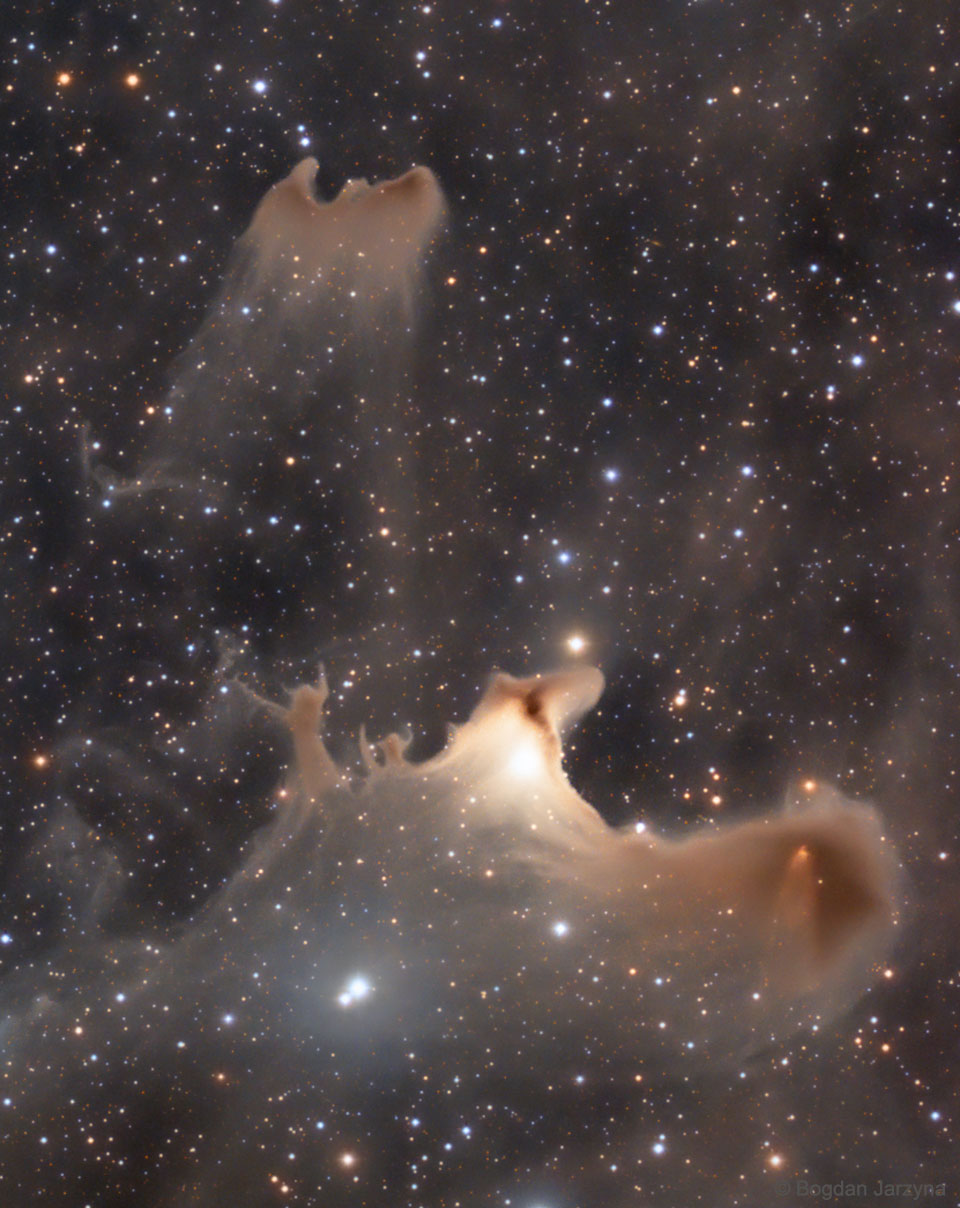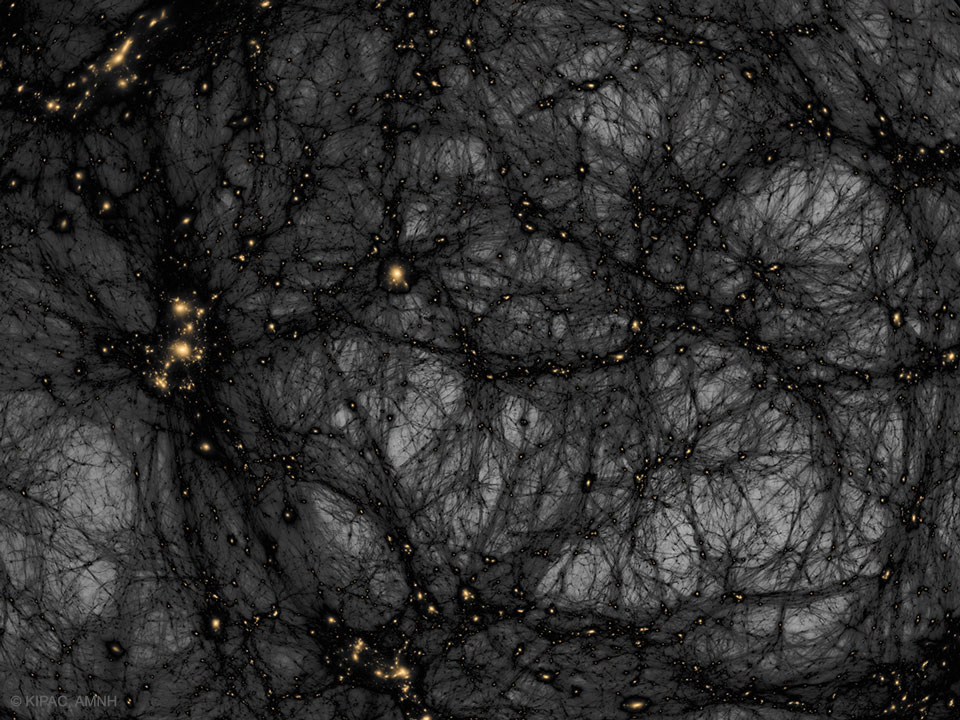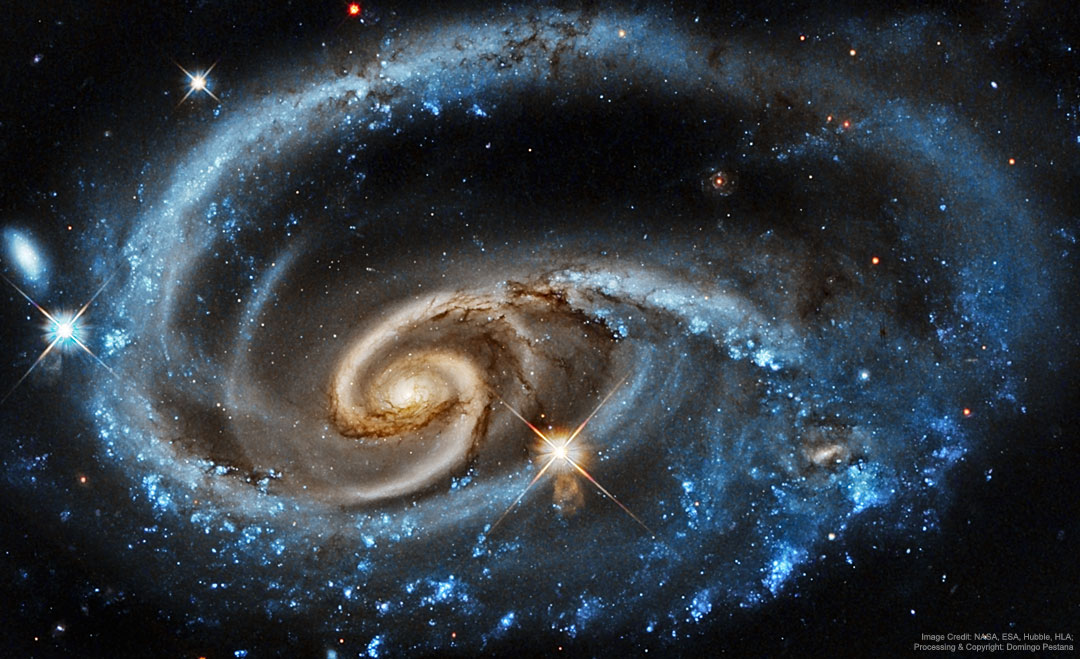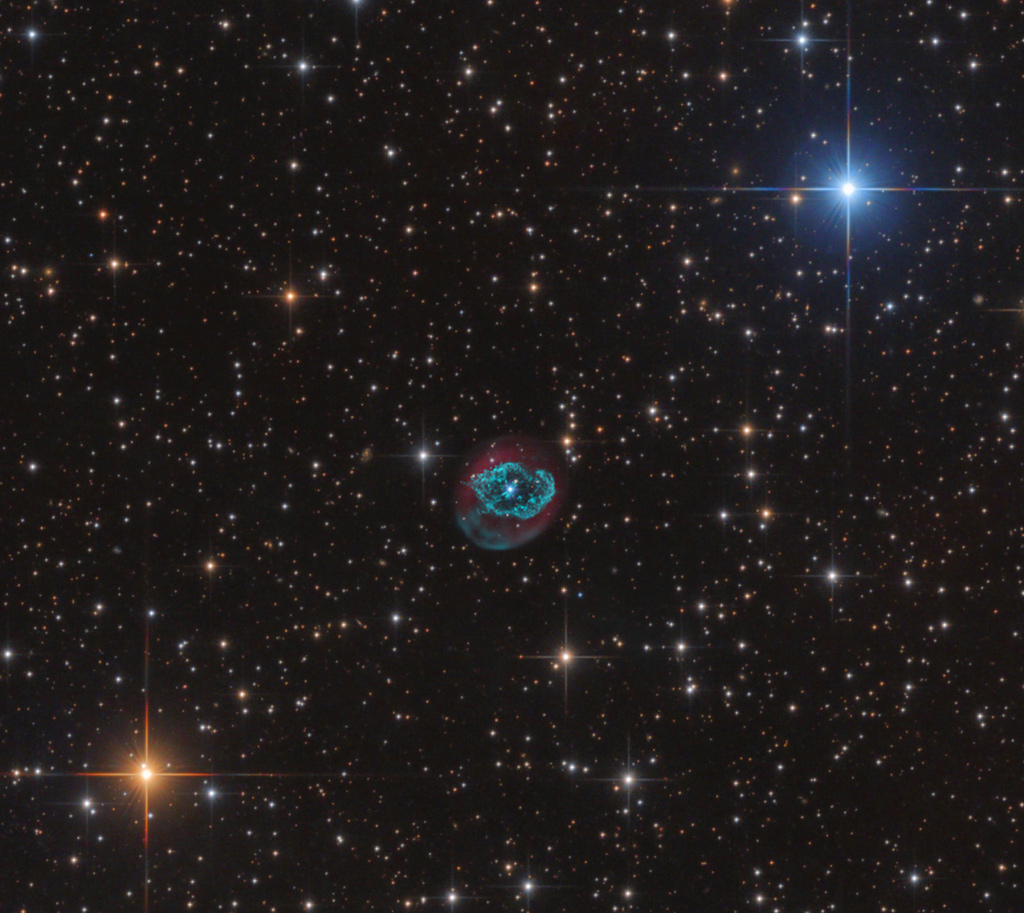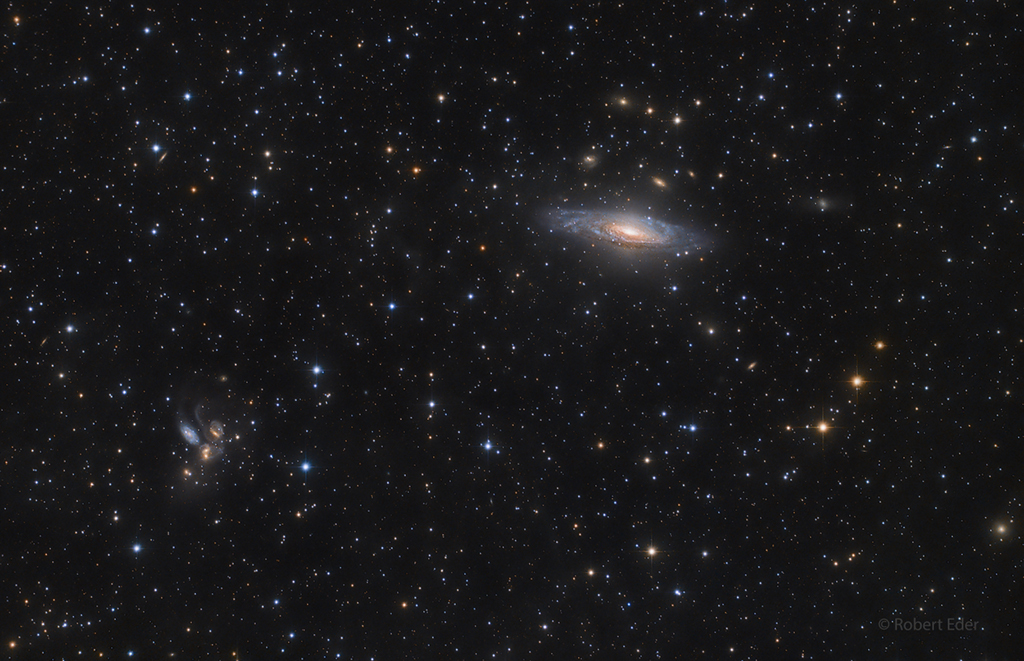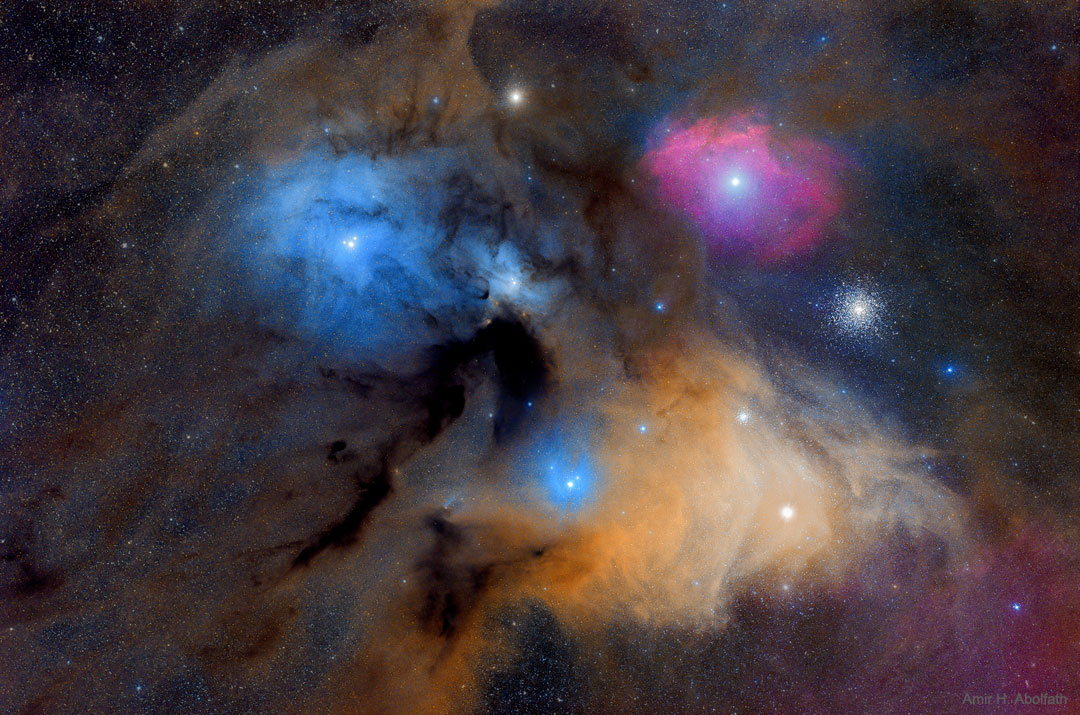2020 October 29
Image Credit & Copyright: Casey Good/Steve Timmons
Explanation: Inspired by the halloween season, this telescopic portrait captures a cosmic cloud with a scary visage. The interstellar scene lies within the dusty expanse of reflection nebula IC 2118 in the constellation Orion. IC 2118 is about 800 light-years from your neighborhood, close to bright bluish star Rigel at the foot of Orion. Often identified as the Witch Head nebula for its appearance in a wider field of view it now rises before the witching hour though. With spiky stars for eyes, the ghoulish apparition identified here seems to extend an arm toward Orion's hot supergiant star. The source of illumination for IC 2118, Rigel is just beyond this frame at the upper left.
